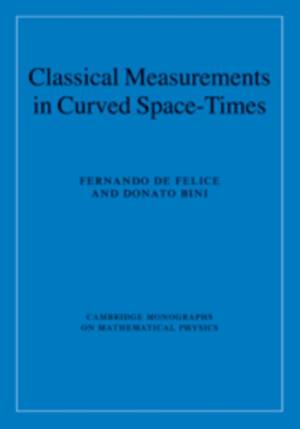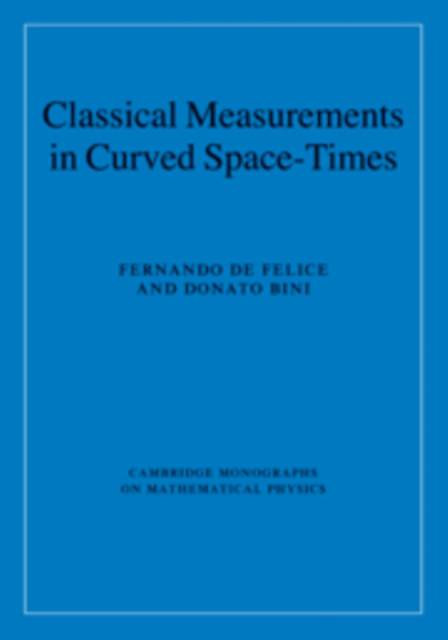
- Afhalen na 1 uur in een winkel met voorraad
- Gratis thuislevering in België vanaf € 30
- Ruim aanbod met 7 miljoen producten
- Afhalen na 1 uur in een winkel met voorraad
- Gratis thuislevering in België vanaf € 30
- Ruim aanbod met 7 miljoen producten
Zoeken
Omschrijving
The theory of relativity describes the laws of physics in a given space-time. However, a physical theory must provide observational predictions expressed in terms of measurements, which are the outcome of practical experiments and observations. Ideal for readers with a mathematical background and a basic knowledge of relativity, this book will help readers understand the physics behind the mathematical formalism of the theory of relativity. It explores the informative power of the theory of relativity, and highlights its uses in space physics, astrophysics and cosmology. Readers are given the tools to pick out from the mathematical formalism those quantities that have physical meaning and which can therefore be the result of a measurement. The book considers the complications that arise through the interpretation of a measurement, which is dependent on the observer who performs it. Specific examples of this are given to highlight the awkwardness of the problem.
Specificaties
Betrokkenen
- Auteur(s):
- Uitgeverij:
Inhoud
- Aantal bladzijden:
- 328
- Taal:
- Engels
- Reeks:
Eigenschappen
- Productcode (EAN):
- 9780521889308
- Verschijningsdatum:
- 29/07/2010
- Uitvoering:
- Hardcover
- Formaat:
- Genaaid
- Afmetingen:
- 173 mm x 249 mm
- Gewicht:
- 748 g

Alleen bij Standaard Boekhandel
+ 490 punten op je klantenkaart van Standaard Boekhandel
Beoordelingen
We publiceren alleen reviews die voldoen aan de voorwaarden voor reviews. Bekijk onze voorwaarden voor reviews.








